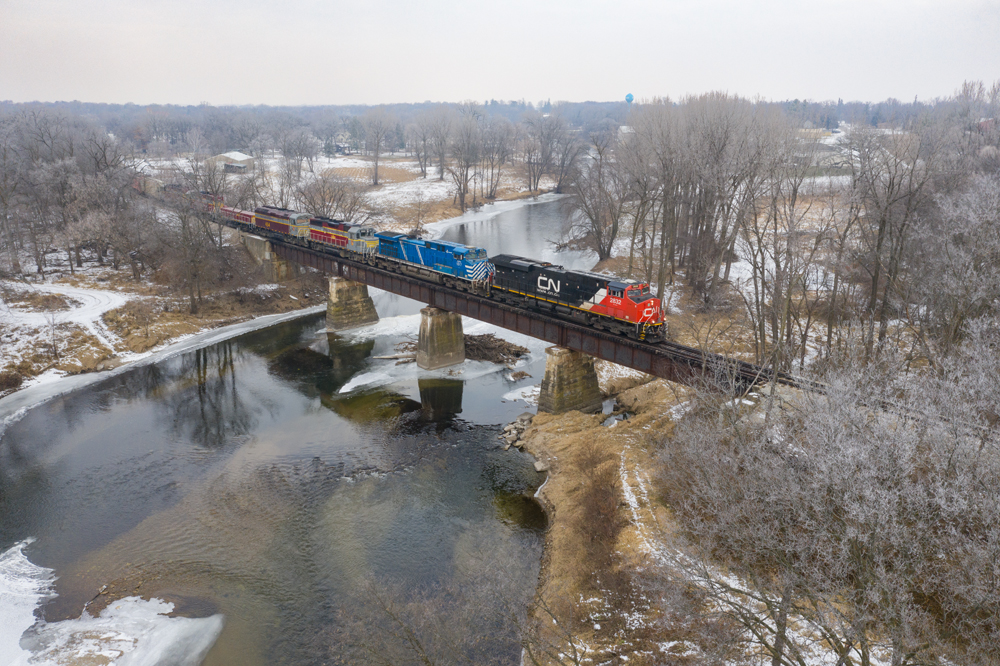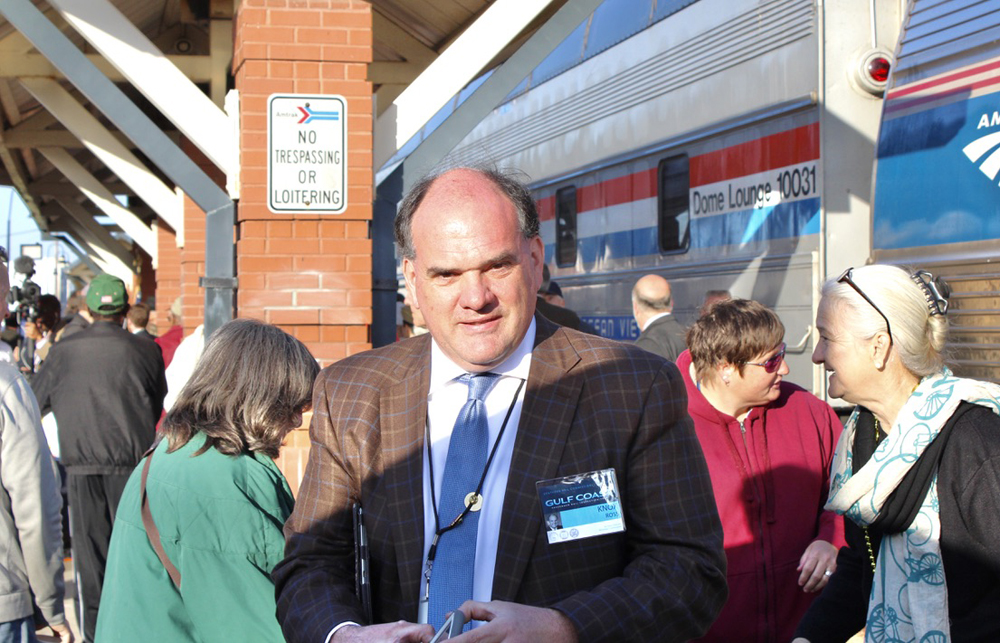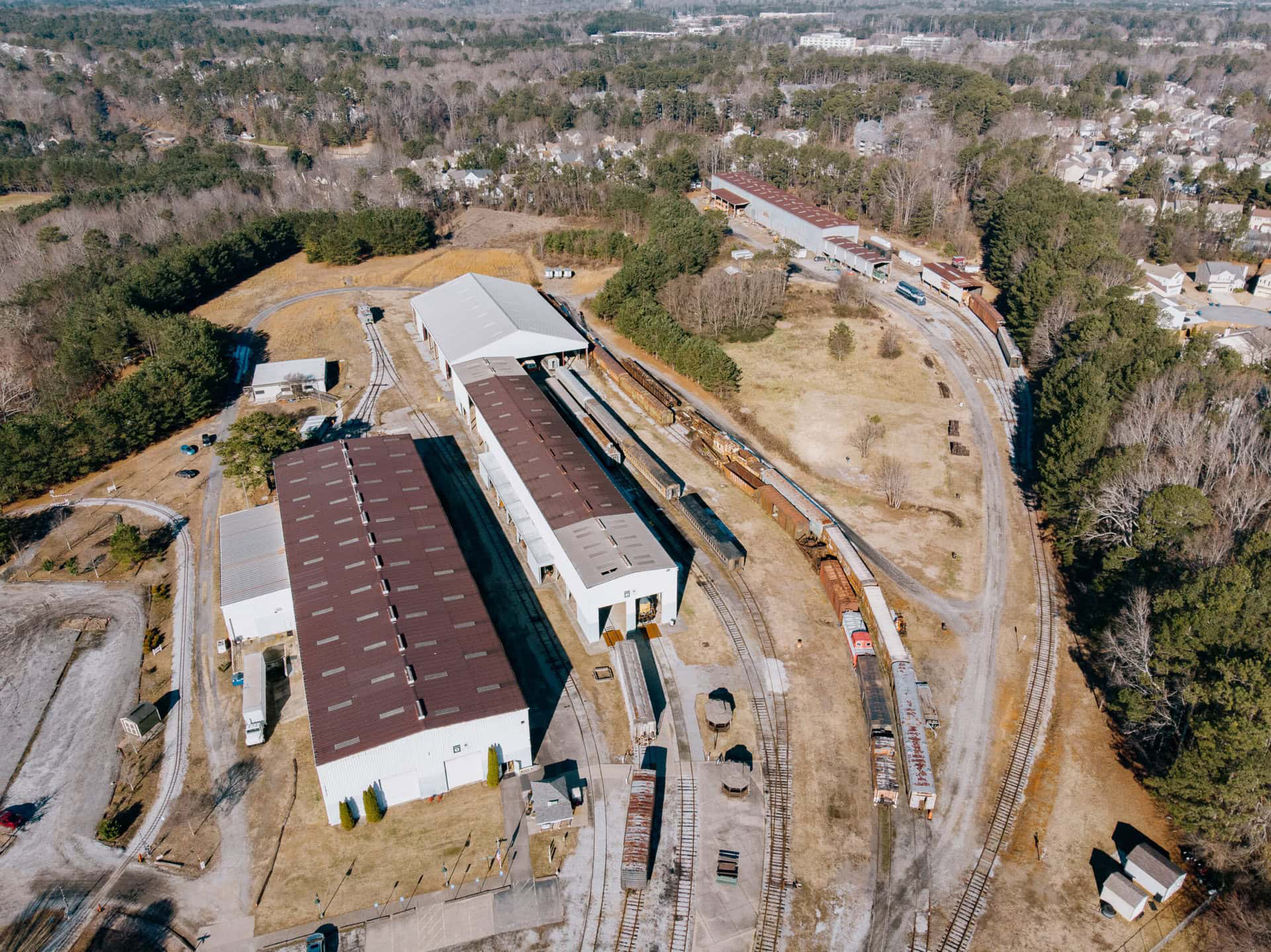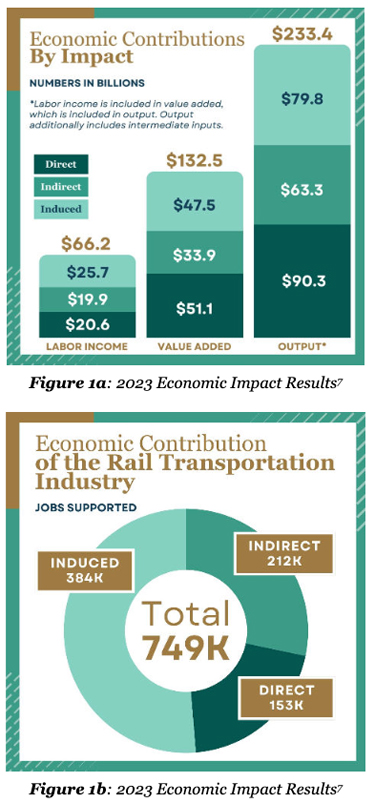9 of the 10 built survive today (485 was scrapped in 1955 after a turntable pit mishap), with several is service on the last remnants of the D narrow gauge: the Durango and Silverton Narrow Gauge and Cumbres and Toltec Scenic Railroads. Several K-36 locomotives are in service on these two separate operations.
This locomotive model is termed a “hybrid”, composed of well done diecast major components, such as the boiler, frame, tender etc, on to which high quality brass detail castings are added to complete the model. This is in contrast to the traditional imported brass model that is meticulously fabricated from hand formed and assembled brass etchings and castings. If there is one drawback to hybrids compared to brass, it is that they don’t generally have the specific details that differentiate one individual unit from another, for example 484 from 489, and some niceties like opening cab doors and roof hatches aren’t included.
Hybrid models are catching on as a way to produce a high quality model without the intense labor and effort required for a traditional brass model. With a list price of $559 this model is not inexpensive, but is far easier to budget for then a current production brass On3 locomotive, which can easily be over $2,000. If not for these hybrid models, I wouldn’t even have considered trying out On3.
My two K-36s , 484 and 489, are painted in the post 1940 flying “Rio Grande” paint scheme, and are mostly black except for silver highlights, such as cylinder head covers, and graphite smokebox and firebox. I don’t know the individual prototypes engines in great detail, but these are convincingly detailed, with a myriad of pipes, conduits and appliances. The cab includes window glazing, cab seats and a well detailed backhead.
The tender is also well done, and includes a dog house on the tender deck and optional extension boards for the coal bunker. Other optional equipment included with the model includes a tool box for the pilot deck, a large snow plow and braces and a spark arrestor. The two included crewman look like ghouls though, so I will replace them with a more appealing engineer and fireman.
These models also have working head and tender backup lights, number board and marker lights, and a working cab light. Out of the box, in straight DC mode, there is no way to control the lights, but with the installation of a DCC decoder, which I plan soon, they can easily be set to be controlled. Just be aware that the number board and marker lights are 1.5 V and that the voltage dropping circuit in the boiler should be retained, or a resistor added to step down the voltage from a DCC decoder.
The tender is drilled for a speaker, and a DCC sound decoder, such as a Soundtraxx Tsunami will fit into the boiler without too much trouble. My pair will both be getting sound as soon as my local hobby shop gets the appropriate sound decoders in.
I don’t have the equipment to measure speed with any accuracy, but both engines start smoothly and run steadily at approximately 1 mph. Top speed appears to be in the range of 30 mph, which is about right for the prototypes under most conditions. The model runs smoothly, with counter weights flailing away and the usual rod motion that make steam locomotives so satisfying. Just be sure to lubricate the locomotive before running, at the locations indicated on the included diagram, or a not so satisfying metal on metal grinding noise will result.
The MMI K-36s were also released in other paint variants, including green boiler with traditional herald or flying “Rio Grande”, as well as black and graphite with herald or flying Rio Grande. These models are being snapped up quickly, but check around and you can probably still find one. On30 versions are also available.














